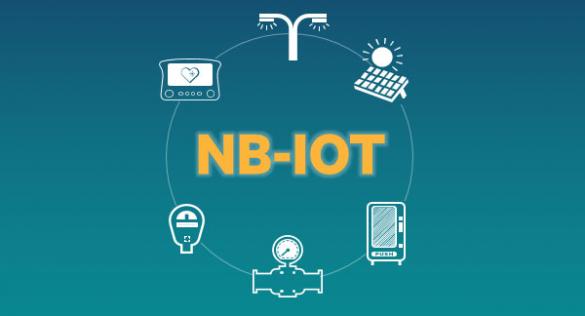As the internet of things grows, LTE-based technologies will shape 5G
Part of the vision for 5G is a single, unified air interface capable of supporting everything from massive numbers of internet of things devices and sensors requiring low levels of throughput to mission critical applications like autonomous drones that demand incredibly low latency and high reliability.
The internet of things (IoT) promises to revolutionize industry as automation and big data are leveraged to reduce operational expenses through predictive maintenance, workforce optimization and increased efficiencies in virtually all business processes. Consumers and enterprises will similarly benefit from the perpetuation of IoT technologies. Corporate campuses will become more worker-friendly as employee patterns are established and predicted; on a larger scale, smart cities will help improve quality-of-life for citizens by making urban living easier. But, in order to do this, IoT devices and sensors require a scalable platform that supports always-on communications that are reliable, secure and ubiquitous.

To that last point—ubiquity—existing LTE networks will be instrumental in bringing the IoT to life today, as well as in the context of the path to 5G. In fact, international standards body 3GPP recently defined requirements for new narrowband LTE-based IoT, which is now making its way to commercialization.
3GPP Release 13 includes specifications for LTE Cat-M1 (eMTC) and LTE Cat-NB1 (NB-IoT), which reduces the throughput and bandwidth requirements from previous generations of standards. Specifically, LTE Cat-M1 provides a variable rate up to 1 Mbps in 1.4 MHz narrowband; NB-IoT delivers 10 Kbps in 200 kHz narrowband.
Built on a strong foundation of widely-available LTE, IoT systems further benefit from reduced device and network complexity, multi-year battery life achieved through power save modes and more efficient signaling, deep coverage for hard-to-reach IoT devices, and higher node density.
As wide-area IoT deployments pick-up, these new standards provide global scalability, coexistence with existing LTE services, easily managed quality of service and end-to-end security and authentication features.
Danny Tseng, a technical marketing manager for Qualcomm, which is and has been a major contributor to 3GPP, said these new IoT specs represents “a superior solution to emerging non-3GPP technologies for IoT and Low Power Wide Area (LPWA) applications,” and explained the importance of working through 3GPP. “It’s backed by a mature ecosystem with a rich roadmap to 5G. In fact, NB-IoT will continue to evolve beyond Release 13 with new features, such as support for multicast and positioning, establishing the foundation for Narrowband 5G IoT.”
Coupled with 5G New Radio standards, which are well on the way to standardization by 3GPP, the IoT is poised to fundamentally alter the way people live, work and do business. “As we did with 3G and 4G,” Tseng said, “Qualcomm is leading the world to 5G. And this is certainly exemplified in the internet of things, starting with LTE IoT technologies today.”
![]()

